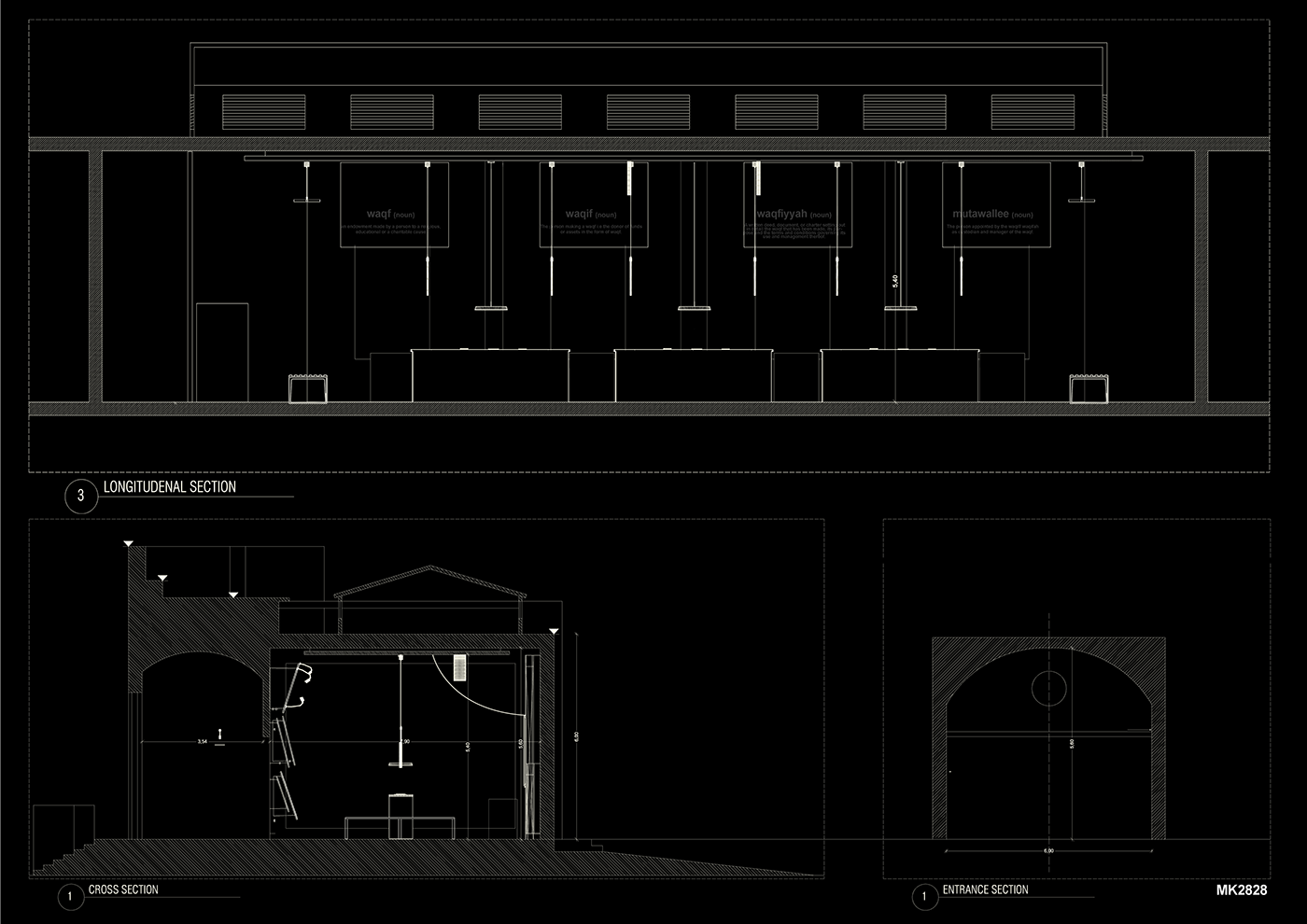In Perpetuity
A research based project proposal submitted to the ministry of culture for the Egyptian participation in the 18th edition of the
La Biennale di Venezia, titled Laboratory of the future, held in 2023 in Venice, Italy.
In collaboration with Mohamed ElShahed of CairoObserver and Karim El Hayawan.
The future is a colonial construct, a mirage.
Looking back at the history of “the future” within experiences of “modernity”
Looking back at the history of “the future” within experiences of “modernity”
in colonized landscapes, cities and environments,
it becomes abundantly clear that the future never comes.
Instead, it has been a useful tool of erasure, subordination,
control and the imposition of power.
Prior to colonization, the world’s diverse cultures conceived of time, therefore their relationships to the past, present and future, in diverse fashions, often time being viewed as cyclical or circular. The arrival of colonizers, driven by conquest, desire for extraction of material wealth, was accompanied by a conception of time as linear in which a notion of “progress” was attached to material accumulation.
To facilitate this colonial project, cultures which had often reached an equilibrium with their environments, were described as stagnant, in other words, their incompatibility with the nascent concept of
capitalism required a process of invalidation of local cultural modes of cohabitation with the environment which needed to be extracted to feed European machines and markets.
Waqf, a trust system in which property is held in perpetuity in the service of a community, challenges notions of time and property as proposed by capitalist systems which to profit from properties and materials forever while conceiving of time as a linear construction.
Waqf, can also mean to stop, to stop time. This pavilion looks to explore the concept of Waqf as a mode of recovering pre-capitalist methods of thinking about time, property and place in a more equitable fashion, a system that allows long lasting benefits,
strengthens locality, and is gentle on the environment.
strengthens locality, and is gentle on the environment.


The pavilion space will be utilized for an installation that directly engages with the questions raised by the year’s Venice Biennale regarding the future and
what is a laboratory for the future.
It seeks to do so by focusing on waqf as an alternative mode of
operating an economy away from methods of extraction and
accumulation and toward methods of care and community.
operating an economy away from methods of extraction and
accumulation and toward methods of care and community.



The pavilion will highlight four 20th century examples of Awqaf properties in Cairo: Waqf Inji Zada, a sleek modern apartment tower in Ghamra, Waqf Asmaa Hanem Halim, a charitable institution founded by a woman for women including a school and shelter for elderly women from the community of Helmiyal al-Zeitoun, Madinat al Awqaf, a large-scale urban planning project carried out by Awqaf Administration to urbanize lands in managed in Giza, today’s Muhandeseen, and finally Waqf Gamalian Buildings, a three-block building in the midst of downtown Cairo built along its
grandest Avenue at the time.
grandest Avenue at the time.

The pavilion will include a wealth of research materials from the large literature on waqf to provide visitors with an understanding of the system, debates and problems around it and specific examples of awqaf explore in scholarship. This research material will be presented on simple tables with lights to allow for easy reading.

Two video projections on opposing walls will propose with sound and poetic image ways of understanding waqf and its relationship to property and landscape.
In waqf documents textual description is an important aspect of specifying a property to be placed under a waqf.
In waqf documents textual description is an important aspect of specifying a property to be placed under a waqf.
In one video a detailed textual description of a historic Cairo monument will be read, revealing the linguistic mechanics of describing built form. The description will be overlaid with images and sounds related to the monument.
On the opposing wall a second video will look at a modern 20th century waqf.
In the absence of a textual document to describe the property, a new photo-modeling technology done by Mogasam, a modeling project, will be used to describe the property or parts of it in a contemporary visual language. The Mogasam of the waqf will be overlaid with sounds and landscapes related to the described building.



Interested in history’s interpretation more than history itself,
Wael Shawky created a highly stylized visual language using
marionette puppets of blown glass and a handmade, revolving set.
Wael Shawky created a highly stylized visual language using
marionette puppets of blown glass and a handmade, revolving set.
The puppets will be used as part of the display, the fantastical designs of Shawky’s marionettes are conceived from a variety of sources, including masks and other figurative works from sub-Saharan Africa. Relating to the narrative of the exhibit and also shown as autonomous art objects, the sculptures blur conventional categories of identity and affiliation.


